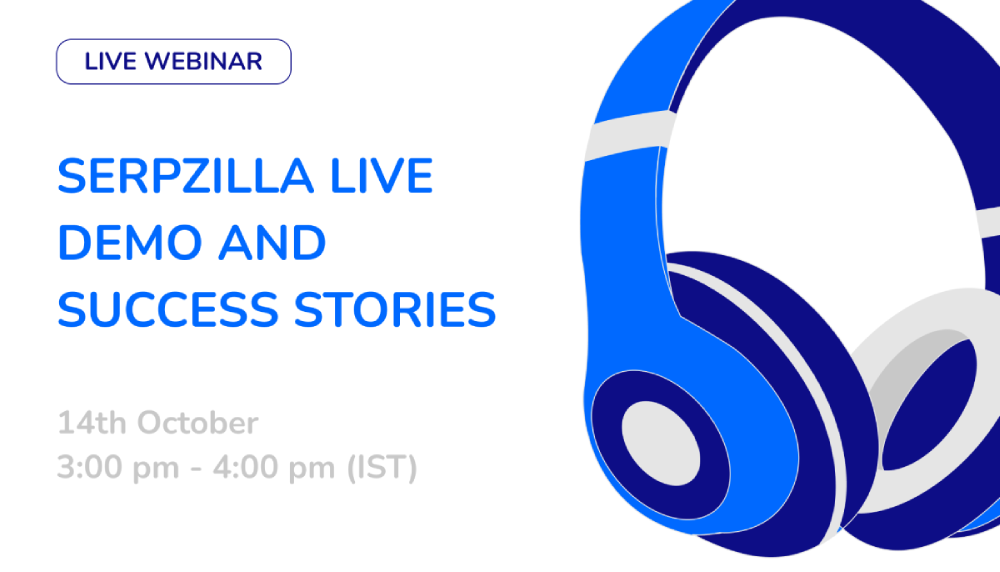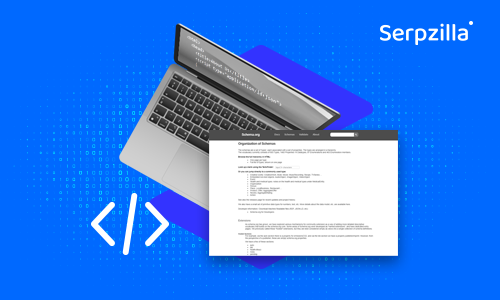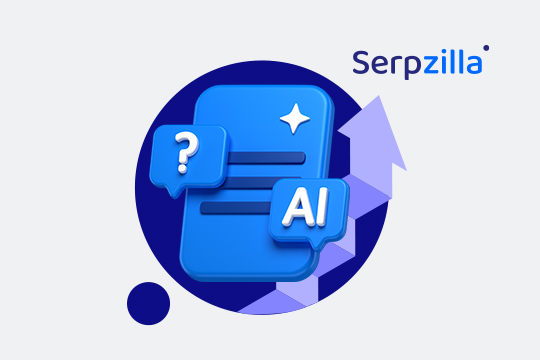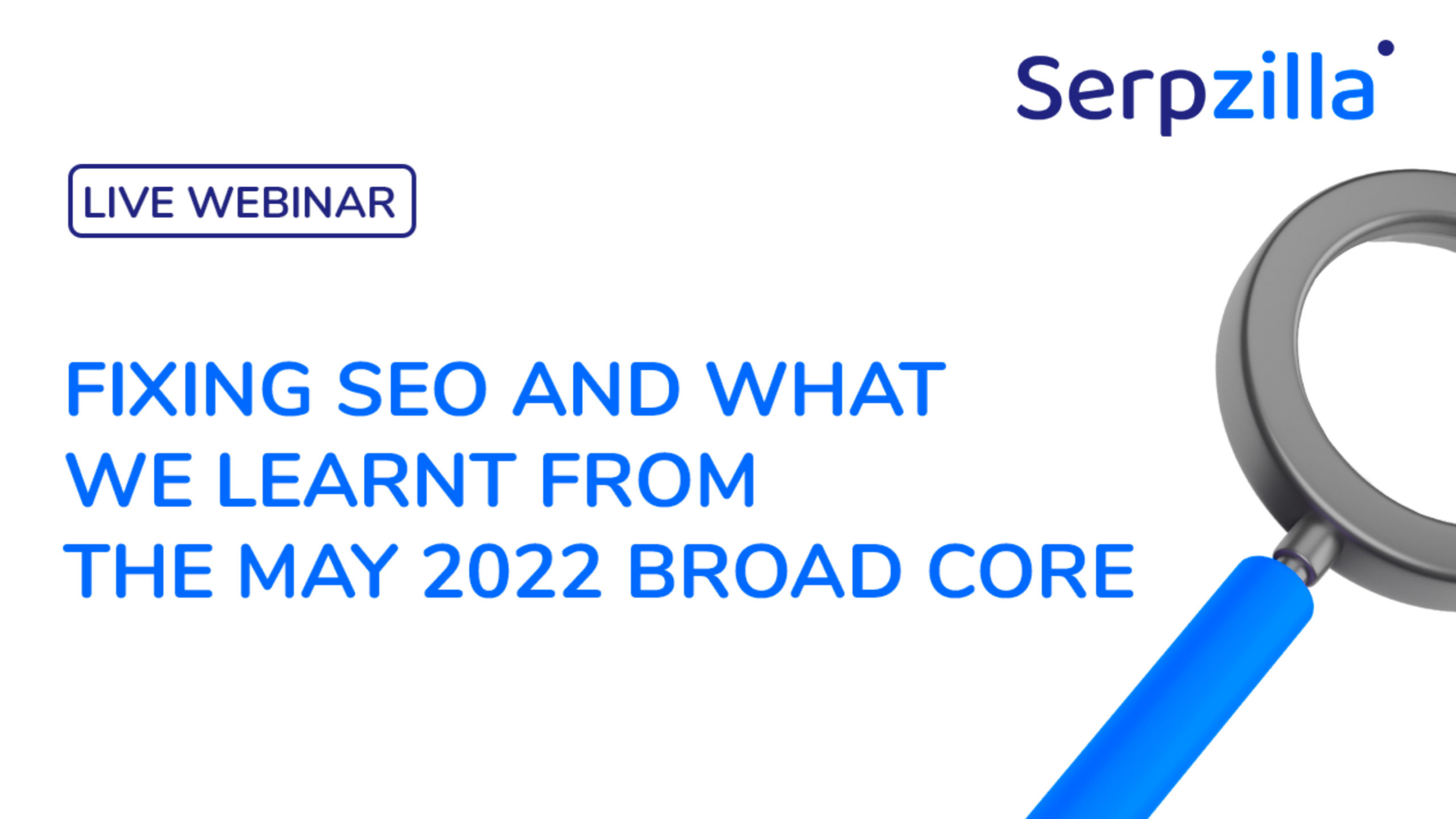It’s 2025 and backlinks are still driving SERP rankings, but Google has become increasingly discerning in how it evaluates them. Only a few years ago, you could easily get away with a rather random link placement as long as you set up the link properties correctly and the referring domain had good metrics. Today, especially with the release of Google Muvera algorithm, this won’t work.
With the rise of Search Generative Experience (SGE) and AI-driven search assistants, where a link sits on a page is becoming just as important as what it points to. A lonely link buried in a footer doesn’t carry the same weight as a naturally placed citation in the middle of a relevant article where it actually adds value.
In this guide, we’ll break down what contextual backlinks are, why they are the future of link building, and how you can build them consistently without blowing up your SEO budget.
Contextual Links vs. Traditional Links: What’s the Difference?
What Are Contextual Links?
A contextual link has a few inherent properties:
- It is placed inside the main body of content, not footer, side menu or elsewhere.
- It is surrounded by relevant content that gives it meaning.
- It blends into the narrative of the page.
- Very often, it blends into the narrative of the whole resource as well (domain-level context relevance).
Search engines read these link surrounding signals and treat contextual links as more trustworthy and natural, which is why they tend to have a bigger impact on rankings.
Today search engines quickly move towards treating the search engine-human interaction as a natural human dialog and tend to make SERPS actual answers to actual questions. This also changes how they select which pages match user queries: relevance and context come to the forefront.
Examples: Contextual vs Non-Contextual Placement
| Placement | Example | Value for SEO |
| Contextual (best) | Link inside an article paragraph: “According to this case study, contextual links outperform footer links by 3x.” | High |
| Sidebar / Footer | Blogroll or “Partners” link list | Low |
| PBN / Spammy Source | Random link drop in a spun/rehashed article | Almost none (or negative) |
Why Context Now Outranks Raw Domain Metrics
For years, SEO marketers obsessed over domain authority, DR scores, and raw link counts. But algorithms, and especially large language models, have shifted the focus.
Google’s Muvera update, recently introduced AI search features and AI systems like ChatGPT all prioritize topical proximity: does this link make sense here? Is it surrounded by related keywords and concepts? Does it add to, expand or maybe gives a new POV to the content where it’s placed?
If yes, it’s rewarded. If not, even a high-DR link can be read as irrelevant and get downplayed. In short: today, context isn’t just king, it’s the whole royal court.
Why Contextual Link Building Works Better in the AI Era
Think of it like this: if before we used the term ‘crawl’ for the process where search engines analyzed your page and used certain markers to rank it for various user queries, today it would be safe to say that they don’t crawl. They read.
Both Google and AI-powered systems break content into chunks, analyze meaning, and try to decide what’s trustworthy enough to show to users. Modern search uses techniques like multi-vector retrieval, which means that instead of looking for keyword match, the algorithm is comparing multiple layers of meaning (topic, intent, entities) to see if a page really matches the query.
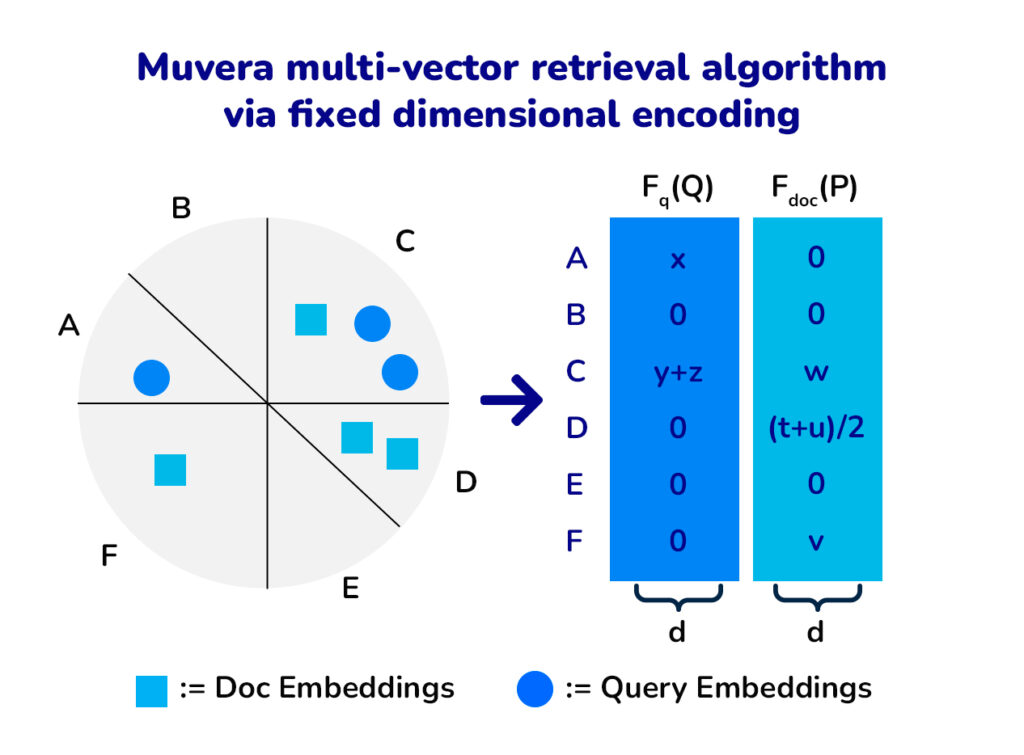
That’s where contextual backlinks truly shine: they help algorithms connect the dots between topics, relevance, and authority.
The Role of Link Context in Google’s AI-Ranking Systems
When Google’s algorithms (and now Muvera) encounter a link, they don’t only check the DR of the domain, the properties of anchor text and other link attributes. They also ask: what’s happening around this link? If the surrounding text matches the topic of the target page, it signals semantic proximity, which is a fancy way of saying “these two things belong together or add up to each other.” A backlink from a fitness blog to a protein supplement guide makes sense. The same link dropped in a car dealership page? Not so much.
This becomes even more critical for AEO (Answer Engine Optimization) and GEO (Generative Engine Optimization). AI-driven search features pull content in chunks to build direct answers or conversational outputs. Another thing they’re looking for is trust consensus. Contextual backlinks inside those chunks make it easier for the engine to identify your site as both relevant and trustworthy. Without that context, even a strong domain might get ignored in AI-generated answers.
How Generative Engines Use Links for Source Trust (RAG/SGE)
Generative search engines don’t just invent answers out of thin air. They need sources. At the same time, AI systems are most commonly criticized for hallucinating and making things up. This is why today the trustworthiness and relevance of the sources becomes the key factors of source selection.
Two of the key concepts here are RAG and SGE:
- RAG (Retrieval-Augmented Generation) is a method where an AI model retrieves real documents, “reads” them, and then generates an answer based on that content. It’s like fact-checking before speaking.
- SGE (Search Generative Experience) is Google’s own take on generative AI in search. It blends traditional search results with AI-written summaries, often citing sources directly in the answer box.
So, how do backlinks play into all of this?
- Citation Frequency and Interlinking: Content that is linked repeatedly across multiple trusted documents gains credibility, increasing its chance to be cited or summarized.
- Transparency in Source Attribution (SGE): Particularly in Google’s SGE, transparency is one of the key selection factors. Generated answers often come with visible citations linking to the exact source content, allowing users to verify information.
- RAG Systems: In RAG, external knowledge bases enriched with authoritative content supplement the generative AI’s pre-trained data. The retrieval component finds trusted external data (documents, databases, APIs), which is combined with the AI model’s knowledge. The retrieved info often depends on trust signals such as source authority and link signals for quality.
The Relationship Between Relevance, Rank, and Referral Quality
A relevantly placed contextual link has its own perks aside from the solid positive ranking impact. It actually is better at driving traffic. Visitors who click a contextual link in a well-matched article are much more likely to stick around, explore your site, or convert because there’s a high chance that your content matches their search intent.
That’s referral quality: traffic that behaves like it belongs. In contrast, clicks from irrelevant or forced links often bounce right back and actually send negative engagement signals. In other words: relevance builds rank, and rank plus relevance builds revenue.
The 5 Pillars of a High-Quality Contextual Backlink
A well-placed contextual link in a carefully crafted context is as different from a regular random backlink as a positive mention at a high-end party from a writing on a restroom wall. To separate gold from glitter, here’s a repeatable framework you can use when building or evaluating contextual backlinks. Think of it as a checklist: if a link passes all five pillars, you’ve got yourself a winner.
1. Page-Level Relevance
It’s not enough for the domain to be relevant; the actual page needs to talk about the same or adjacent topic.
✅ Example: A backlink to your SaaS pricing tool inside a blog post about “How to reduce churn in B2B software.”
❌ Anti-example: The same backlink in a “Partners” footer of a blog about shopping experiences.
2. Link Placement Within Editorial Flow
Search engines favor links that are naturally woven into sentences rather than dropped like an afterthought.
✅ Example: “In fact, this study shows that contextual backlinks drive 40% more engagement.”
❌ Anti-example: A lonely “Useful resources” list at the bottom of the article.
3. Anchor Text Variety + Semantic Fit
Anchors should match the surrounding content without being robotic, way too direct-matched or repetitive. Variety matters more than stuffing the same keyword or matching to the most popular commercial query.
✅ Example: “Check out this guide to enterprise LMS security” in an article related to the secure launch of training for remote and distributed teams.
❌ Anti-example: “Best cheap LMS” in a reddit answer.
4. Domain Quality and Indexation History
Even a contextual link won’t save you if the domain is spammy or deindexed. Look for domains with consistent indexing, clean link profiles, and a track record of publishing real content.
✅ Example: A contextual link from a 10-year-old industry blog.
❌ Anti-example: A link from a domain that changes ownership every three months.
5. Organic Traffic and Ranking Context
The cherry on top: check if the page itself gets traffic and ranks for relevant queries. If Google is already rewarding the page, your link benefits from that halo effect.
✅ Example: A contextual link inside a guide ranking top 10 for “best project management tools.”
❌ Non-example: A contextual link on a page with zero traffic and no indexed keywords.
📋 Quick Checklist:
- Page is topically relevant
- Link flows naturally in the content
- Anchor text is varied and semantically aligned
- Domain shows clean indexation history
- Page ranks and attracts real traffic
How to Build Contextual Backlinks (Step-by-Step)
It may seem to you right now that contextual link building is some kind of sorcery, but it’s not that hard. Better yet: you don’t need a giant budget to do it systematically. Here’s a simple five-step workflow you can copy and adapt.
Step 1: Build Content Assets That Attract Links
Start with something worth linking to: in-depth guides, original research, case studies, or even a quirky but useful tool. No one wants to link to your “About Us” page, but they’ll happily cite a unique report that answers real questions.
👉 Tools: Ahrefs (to spot content gaps), ChatGPT (to help with content ideas, draft research outlines or survey questions).
Step 2: Find Contextually-Relevant Placement Opportunities
This is where most people go wrong: they chase metrics instead of relevance. Platforms like Serpzilla let you filter potential link placements by theme, language, and even page-level content, so your link doesn’t just appear on a site with high DA, but in a piece that makes sense. That’s exactly what Google’s Muvera update and AI search engines reward.
👉 Tools: Serpzilla (filters + Smart Topic), Ahrefs (content explorer for niche topics).
Step 3: Outreach with a Contextual Angle
When pitching your link, don’t send the same tired template to just about every prospect. Show why your resource fits their content naturally. Mention the specific paragraph where it could slot in or the angle it could support. GPT-4 can help you draft polite but personalized outreach emails (and yes, it writes better than “Hey, I loved your article on SEO…”).
👉 Tools: Pitchbox (scaled outreach), GPT-4 (email scripting), Serpzilla (Automated outreach for guest-posting).
Step 4: Place the Link in a Meaningful Sentence or Section
Avoid dumping links in generic “Further Reading” lists. Instead, weave them into a sentence where they actually add value. Think of it as writing a mini-recommendation for your own resource. The more natural it reads for a human, the more useful it looks to search engines.
Step 5: Track Performance and Relevance Over Time
Links shouldn’t be treated as “set and forget.” Monitor whether your contextual backlinks continue to send traffic and stay indexed. If the page changes or traffic drops, your link may lose value. Regular check-ups keep your link profile healthy.
👉 Tools: Ahrefs (traffic + index tracking), Google Search Console (impressions + clicks), Serpzilla dashboard (live monitoring of placements).
📌 Pro Tip: Keep a spreadsheet or Notion board where you tag each link by topic, anchor, and page relevance. It’ll help you spot gaps — and avoid repeating anchors until Google raises an eyebrow.
Where to Get Contextual Links Without Spam or PBNs
Contextual link building doesn’t mean begging strangers on LinkedIn or sprinkling your site across shady PBNs. Here are five tried-and-true ways to get contextual placements that actually work.
Option 1: Guest Posts and Contributor Columns
Still one of the most reliable methods. Pitch editors with well-researched, topic-relevant articles that naturally include your link. Bonus: you also build personal authority while earning the backlink.
If pitching editors feels like a full-time job, you can shortcut the process with Serpzilla’s Premium Guest Posts. These are pre-vetted placements on high-quality sites where your article (and link) is guaranteed to land. You get the authority of a genuine guest post without the weeks of inbox ping-pong.
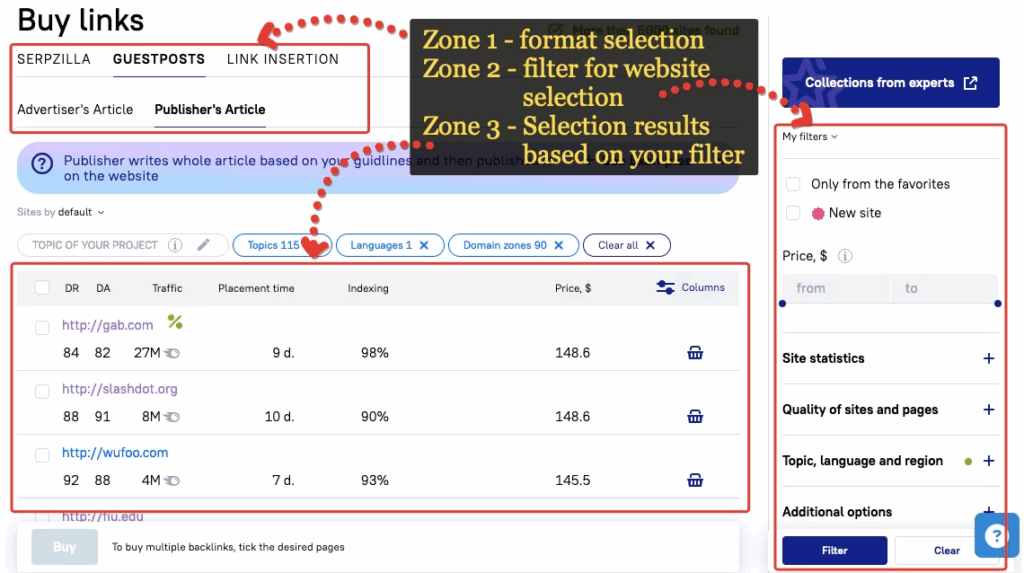
Option 2: Interview Mentions and Roundups
Offer expert commentary in interviews, podcasts, or “top 10 tips from industry pros” roundups. Your link ends up in a contextual setting, usually framed with your insights. Easy win for credibility + SEO. Also a great way to establish yourself as an expert in your niche and keep up the visibility levels in times when zero-click searches win over the Internet.
Option 3: Platforms Like Serpzilla (With Filters for Context)
If you don’t have time for manual outreach, platforms like Serpzilla offer curated, contextual link placements on vetted sites. You can filter by category, site quality, and link type (dofollow/nofollow), thus ensuring contextual fit and editorial integrity. You can also use Serpzilla’s Smart Topic feature where a powerful AI matches your content with a link source contextually. It’s like skipping straight to the part where your link makes sense and gets published.
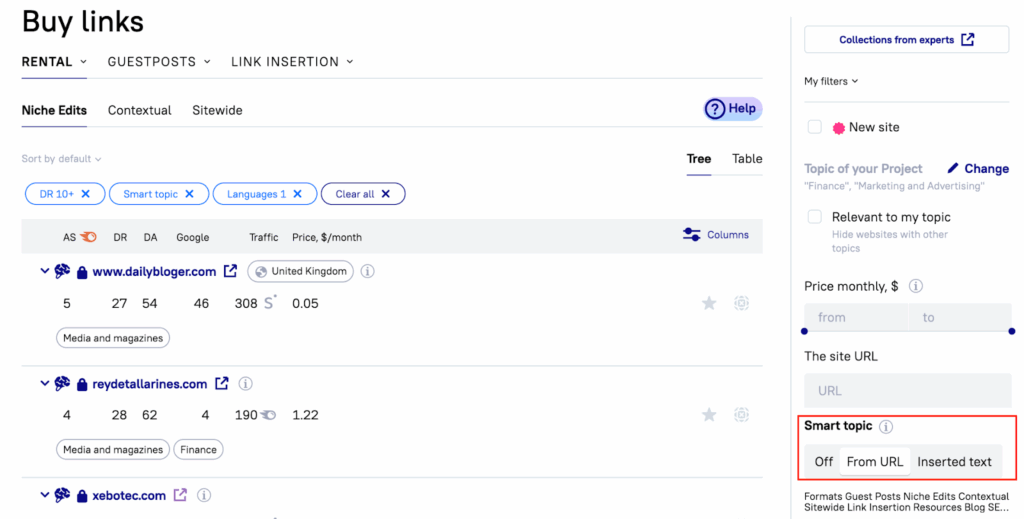
Option 4: Industry Databases or Niche Directories (Content + Link)
Not all directories are link dumps. Many include full profiles, descriptions, and case studies. When the directory itself is industry-specific (think SaaS marketplaces or law firm databases), your backlink lives inside real content, not a random list of 10,000 domains.
Option 5: HARO + AI Prompted Requests
Services like Help a Reporter Out (HARO) or its newer clones connect you with journalists looking for expert quotes. With a little help from GPT-4, you can draft fast, polished responses that get cited. The payoff: a contextual backlink in a major media piece you didn’t even have to write.
Conclusion
Contextual backlinks are no longer a SEO nice-to-have. Today they’re the standard for how Google and AI search evaluate trust and relevance. Whether you earn them through guest posts, interviews, or platforms like Serpzilla, the key is simple: place your links where they make sense for both humans and algorithms. Do that consistently, and you’ll have a backlink profile that survives updates and keeps driving real traffic.



